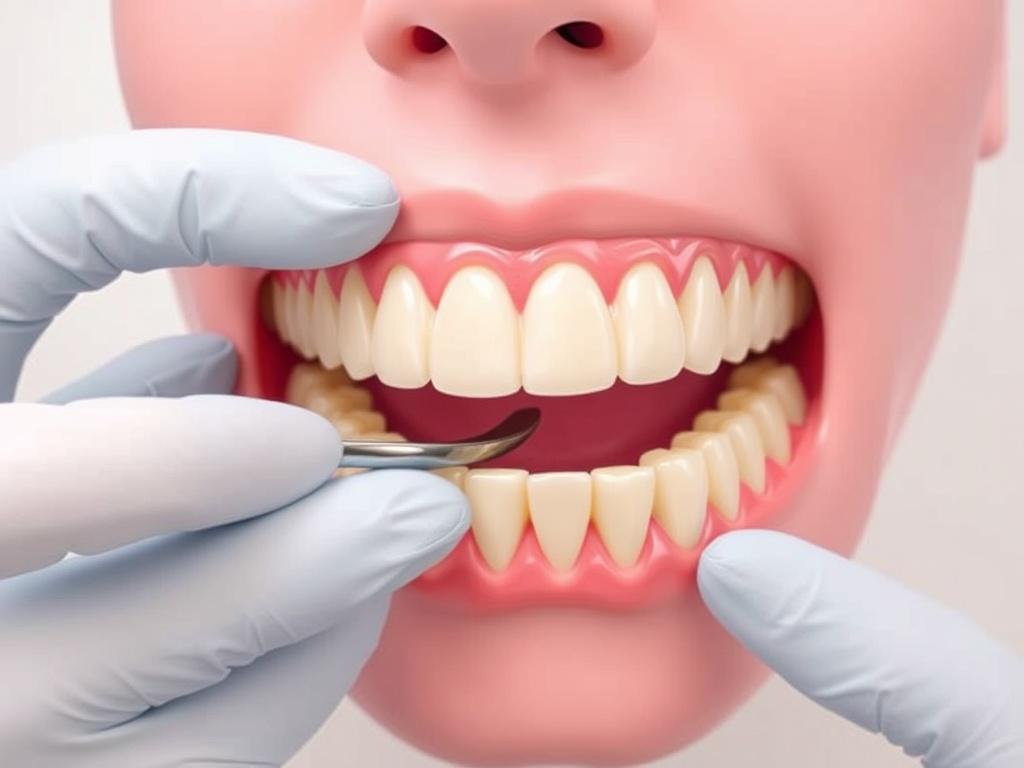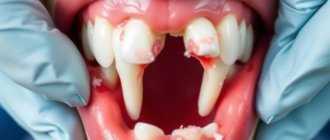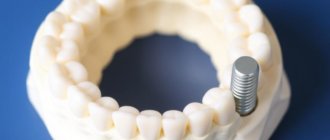Gum graft surgery might sound intimidating, but understanding what it entails can make the whole idea much less daunting. This procedure is becoming increasingly common as more people recognize the importance of healthy gums—not just for a beautiful smile but for overall oral health. When it comes to gum problems like recession, gum graft surgery can be a game-changer. In this detailed article, we’ll take you step by step through what gum graft surgery is, why it’s done, how it’s performed, and what you can expect during recovery.
Whether you’ve been told you need a gum graft or you’re just curious about the procedure, this guide covers everything you need to know in a simple, straightforward way.
Содержание
- 1 What is Gum Graft Surgery?
- 2 Types of Gum Graft Surgery
- 3 The Gum Graft Surgery Procedure Step by Step
- 4 Recovery and Aftercare: What to Expect
- 5 Benefits of Having Gum Graft Surgery
- 6 Risks and Considerations with Gum Graft Surgery
- 7 Who is a Good Candidate for Gum Graft Surgery?
- 8 Alternatives and Complementary Treatments
- 9 Cost Considerations for Gum Graft Surgery
- 10 Maintaining Healthy Gums After Surgery
What is Gum Graft Surgery?
Gum graft surgery is a dental procedure designed to correct gum recession, a condition where the gums pull away from the teeth, exposing more of the tooth or even the root. This exposure can cause sensitivity, increase the risk of decay, and negatively affect the appearance of your smile. Gum graft surgery works by taking healthy gum tissue from another part of your mouth—often the roof of the mouth (palate)—and attaching it where the gums have receded.
The goal is to restore the gum line, protect the roots of the teeth, and improve oral health. This procedure not only helps with aesthetics but also reduces discomfort and prevents further gum problems.
Why Gum Recession Happens
Before diving into the details of the surgery itself, it’s worth understanding why gum recession happens. Common causes include:
- Aggressive brushing: Brushing your teeth too hard or using a hard-bristled toothbrush can wear away gum tissue.
- Periodontal disease: Bacterial infections can damage gums and supporting bone.
- Genetics: Some people are more prone to gum recession due to hereditary factors.
- Hormonal changes: Hormones may make gums more sensitive and vulnerable.
- Tobacco use: Smoking or chewing tobacco can increase the risk of gum recession.
- Teeth grinding or clenching: Excess pressure can affect gum health.
Addressing gum recession early is important to prevent more serious dental issues down the road.
Types of Gum Graft Surgery
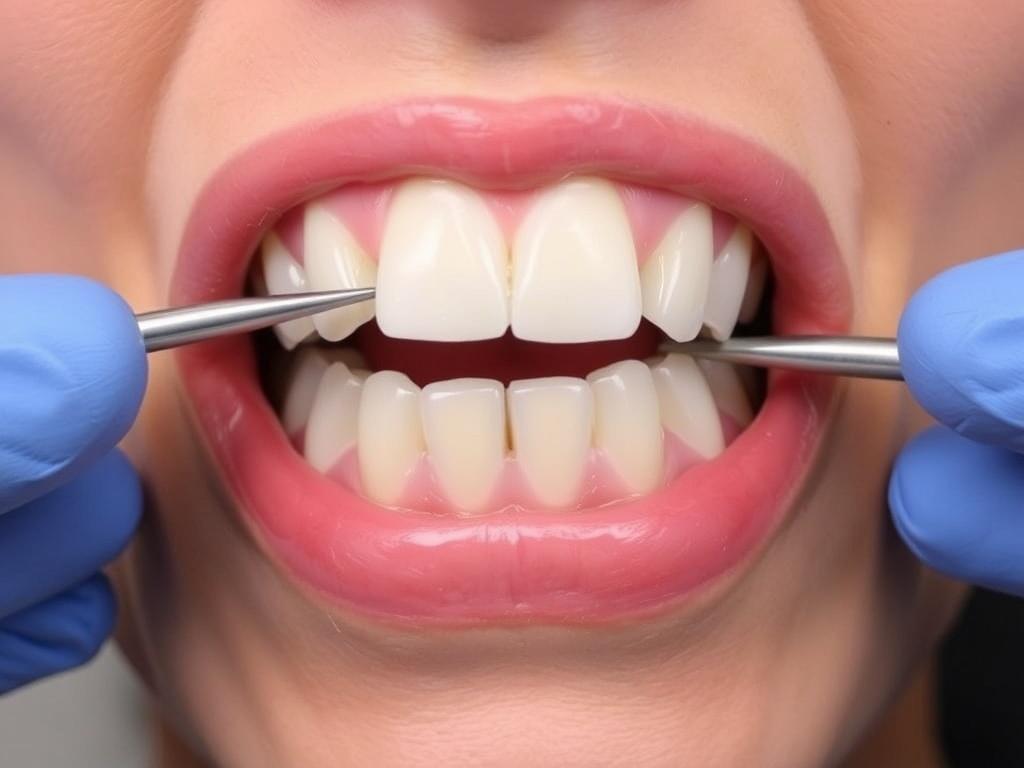
It may surprise you to learn that there are several types of gum graft procedures, each suited for different situations. Choosing the right type depends on how much gum tissue is lost and where it’s located.
| Type of Gum Graft | Description | Best For |
|---|---|---|
| Connective Tissue Graft | Tissue is taken from under the skin of the palate and placed over the receded area. | Most common; used when root coverage is needed. |
| Free Gingival Graft | Tissue is taken directly from the palate’s surface and attached to the affected site. | Used to increase the thickness of the gums. |
| Pedicle Graft | Tissue is partially cut and pulled over the exposed root without removing tissue from the palate. | Best when there is sufficient gum tissue close to the exposed root. |
Understanding the type of gum graft surgery your dentist or periodontist recommends can help you prepare better for the procedure and recovery.
The Gum Graft Surgery Procedure Step by Step
If you’ve been recommended to have gum graft surgery, you might be wondering what exactly happens during the procedure. The process might sound complicated, but it’s usually straightforward and performed under local anesthesia.
Before Surgery
Before the surgery, your dentist will examine your gums closely, possibly take X-rays, and evaluate your overall oral health. This helps ensure there are no untreated issues, like active infections or decay, which could interfere with healing.
You’ll receive instructions about eating and medication. Since the procedure involves your mouth’s soft tissue, they may recommend avoiding certain foods or preparations on the day of surgery.
During the Procedure
Most gum graft surgeries take about one to two hours. Here’s what typically happens:
- Anesthesia: The area to be treated is numbed with local anesthesia for comfort.
- Tissue Harvesting: Depending on the type of graft, tissue is taken either from under the palate’s surface or the gum nearby.
- Preparation of Recipient Site: The dentist cleans and prepares the area where the gums have receded.
- Graft Placement: The harvested tissue is carefully stitched into place over the exposed roots.
- Closure: Sutures are used to secure the graft and promote healing.
The whole process is done with careful precision to ensure the graft adapts well to the recipient site.
After Surgery
Once the procedure is over, you’ll be monitored for a short time before going home. Your dentist will provide detailed aftercare instructions to help your gums heal properly.
Recovery and Aftercare: What to Expect
Healing from gum graft surgery takes some patience and care. Typically, the initial recovery phase lasts about one to two weeks, but full healing can take a few months. Here’s what you should know to navigate the recovery successfully.
Common Post-Surgery Symptoms
After surgery, it’s normal to experience:
- Soreness or tenderness in the treated areas
- Swelling around the gums or face
- Minor bleeding or oozing of fluid
- Some difficulty eating or speaking initially
Your dentist will often prescribe pain medications to keep discomfort manageable.
Tips for Effective Healing
Taking care of your mouth after gum graft surgery is crucial for a good outcome. Follow these tips:
- Follow your dentist’s instructions: They may recommend a special mouthwash or antibiotics.
- Avoid brushing or flossing the surgical site: For the first 7-10 days to prevent dislodging the graft.
- Eat soft foods: Stick to soft, cool foods that don’t irritate your gums.
- Avoid tobacco and alcohol: These can delay healing.
- Manage swelling: Use ice packs on your face as needed.
Follow-Up Visits
You’ll need to return to your dentist or periodontist within a week or two to have sutures removed if they are not dissolvable, and to check on healing progress. Regular visits after that will help ensure your gums are stable and healthy.
Benefits of Having Gum Graft Surgery
While the idea of gum graft surgery might seem daunting at first, it offers several significant benefits that make it worthwhile:
| Benefit | Description |
|---|---|
| Improved Gum Health | Protects roots from decay and further recession. |
| Reduced Sensitivity | Covers exposed tooth roots, reducing discomfort. |
| Enhanced Appearance | Restores a natural and even gum line, enhancing your smile. |
| Prevents Tooth Loss | Healthy gums support teeth better, reducing the risk of mobility or loss. |
| Promotes Long-Term Oral Health | Helps maintain bone and gum tissue stability overall. |
Knowing these benefits can encourage those on the fence to take the step toward healthier gums and a more confident smile.
Risks and Considerations with Gum Graft Surgery
No surgery is free from risks, and gum graft surgery is no exception. Fortunately, serious complications are rare, but it’s good to be aware of possible issues:
- Infection: Though uncommon, infections at the graft or donor site can occur if not cared for properly.
- Graft Failure: Sometimes the graft may not attach perfectly, requiring further treatment.
- Swelling or Discomfort: Usually temporary but can be uncomfortable for some.
- Bleeding: Minor bleeding is normal, but excessive bleeding requires immediate attention.
- Scarring: A slight change in tissue appearance can happen, though rarely noticeable.
Discuss all your concerns with your dental professional before the surgery to ensure that gum graft surgery is right for you.
Who is a Good Candidate for Gum Graft Surgery?
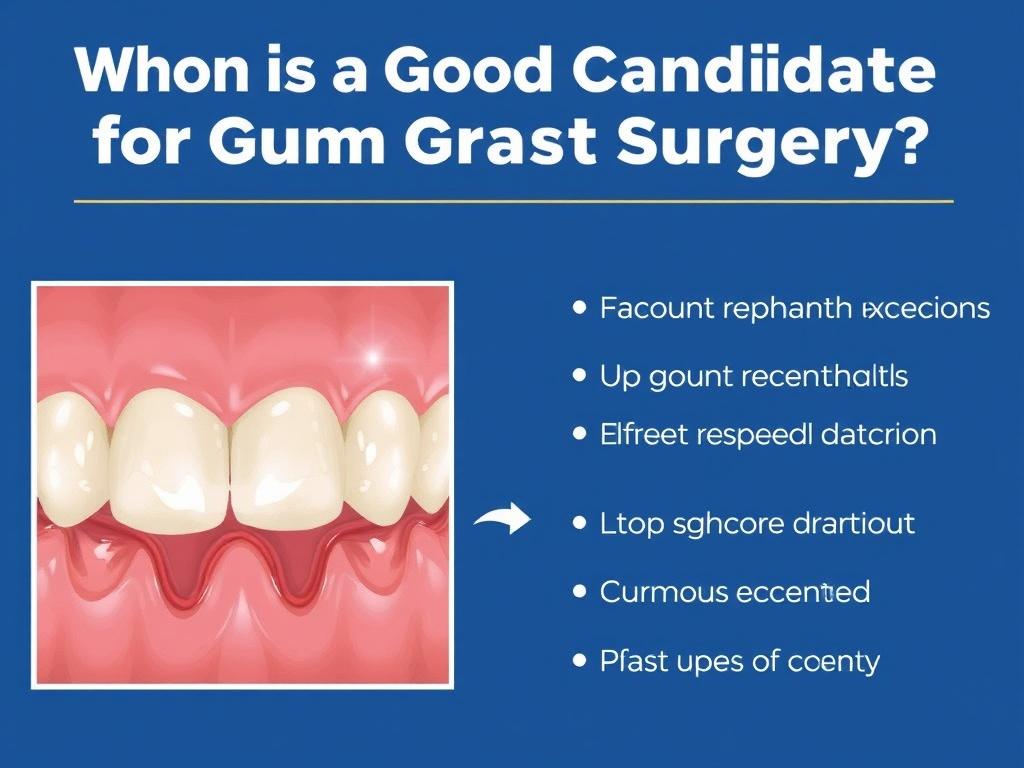
If you notice that your gums are pulling away from your teeth or if your dentist has flagged signs of gum recession, gum graft surgery might be recommended. Here are some common criteria for being a good candidate:
- One or more areas of gum recession exposing tooth roots
- Dental sensitivity caused by exposed root surfaces
- Thin or inadequate gum tissue around certain teeth
- Desire to enhance smile aesthetics by correcting gum line
- Overall good oral health with no active infections
Having a thorough dental examination will help your dentist assess whether gum graft surgery can help you, or if other treatments are more suitable.
Alternatives and Complementary Treatments
While gum graft surgery is often the best solution for receding gums, sometimes alternative or additional treatments may be considered, such as:
- Scaling and Root Planing: Deep cleaning to treat gum disease and reduce inflammation.
- Pinhole Surgical Technique: A minimally invasive procedure to correct gum recession without grafts.
- Orthodontic Treatment: In some cases, adjusting tooth position can improve gum health.
- Laser Therapy: Used to facilitate healing and reduce bacteria in the gums.
Your dentist can help you weigh options based on your specific diagnosis.
Cost Considerations for Gum Graft Surgery
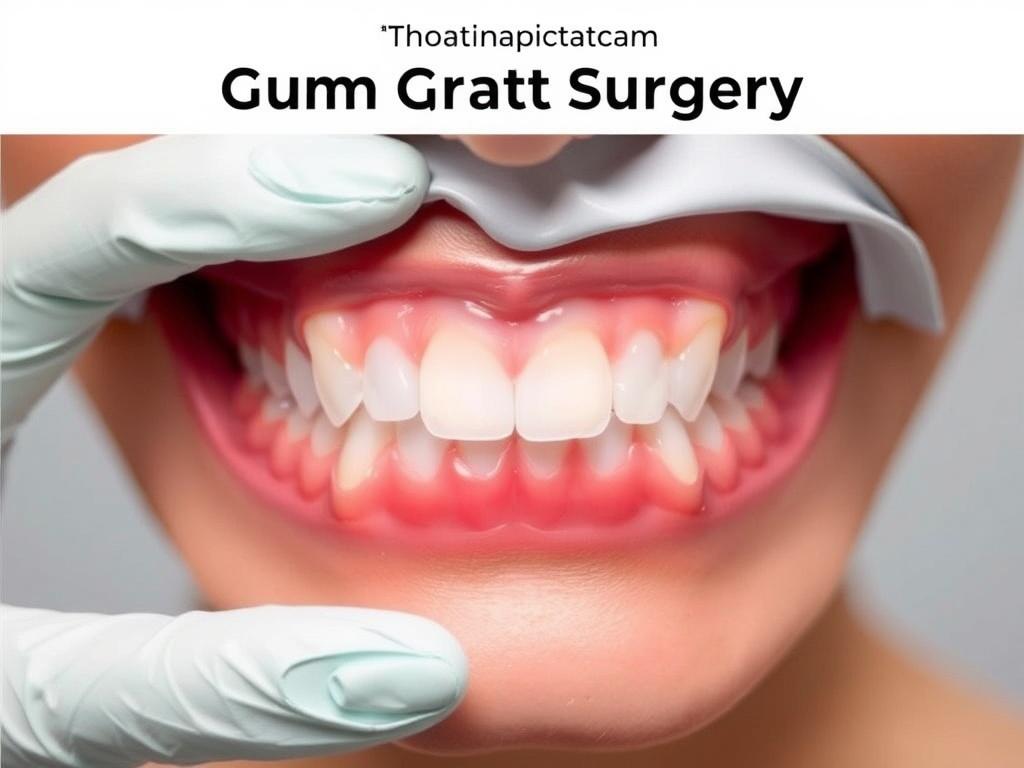
One question many people ask about gum graft surgery is how much it costs. The cost can vary widely depending on the number of sites treated, the type of graft, your location, and whether you have dental insurance coverage. Generally, the procedure can range from $600 to $1,200 or more per site.
| Factor | Estimated Cost Range |
|---|---|
| Connective Tissue Graft | $700 – $1,200 per site |
| Free Gingival Graft | $600 – $1,000 per site |
| Pedicle Graft | $500 – $1,000 per site |
Additionally, insurance plans vary greatly. Some cover gum graft surgery partially or fully, especially if it’s medically necessary. It’s best to consult your insurance provider and dentist for an accurate estimate.
Maintaining Healthy Gums After Surgery
After investing in gum graft surgery, you naturally want to keep your gums healthy for years to come. Here are some everyday habits to maintain strong, healthy gums:
- Practice proper oral hygiene: Gentle brushing with a soft-bristle toothbrush and daily flossing.
- Use a non-abrasive toothpaste: To avoid irritating sensitive gums.
- Regular dental checkups: Professional cleanings and exams help catch problems early.
- Quit smoking: Tobacco adversely affects gum health.
- Maintain a balanced diet: Nutrients like vitamin C support gum health.
- Avoid excessive force: Don’t brush aggressively and consider using a night guard if you grind your teeth.
By following these steps, you can protect your investment in gum graft surgery and enjoy a healthy, beautiful smile.
Conclusion
Gum graft surgery is a valuable and effective solution for those struggling with gum recession. While the idea of oral surgery can be intimidating, understanding the process from start to finish can ease concerns and empower you to make informed decisions about your oral health. Whether your main goal is to reduce tooth sensitivity, improve gum health, prevent future dental issues, or enhance the appearance of your smile, gum graft surgery can provide lasting benefits. Remember that recovery requires patience and proper aftercare, but with the right approach and guidance from your dental professional, you can enjoy strong, healthy gums for years to come. If you think you may be a candidate for gum graft surgery, don’t hesitate to reach out to your dentist to discuss your options—taking care of your gums is one of the best investments you can make in your overall well-being.

